PROTECT YOUR DNA WITH QUANTUM TECHNOLOGY
Orgo-Life the new way to the future Advertising by AdpathwayAbout 45 minutes outside Panama City, as you climb the hills of Cerro Azul, the traffic fades and the air turns cooler. Up here, where clouds drift across the treetops, you’ll find a place called Comederos en las Nubes… Feeders in the Clouds.
This isn’t a lodge. There are no cabins to rent, no restaurant serving breakfast after the morning birdwatch, although you are welcomed to a cup or two of coffee. It’s a private piece of land set aside for one purpose, the birds. Every trail, every feeder, every patch of sunlight feels like it was planned with birders and photographers in mind.
The layout makes you smile. Feeders hang at the perfect distance for almost any lens, with natural perches placed nearby so your photos look like they were taken deep in the forest, not at a feeding station. Open areas catch the soft early light; shaded corners keep the birds, and the photographers cool when the day warms up.
You do not hear the hum of traffic or the buzz of crowds. Instead, it’s the flutter of wings, the flash of colours in the trees, and the occasional rustle in the hidden foliage when something new flies in to feed, and yes, sometimes monkeys howl in the distance or come within eyesight.
My early morning visit to Comederos en las Nubes (@comederosenlasnubescerroazul), started out with my first lifer of the day, Rufous and White Wren, and for the next few hours I encountered eight lifers in total.
As we stepped out of the car we were greeted by two Rufous and White Wrens on the side of the road going about their business of foraging for their breakfast.
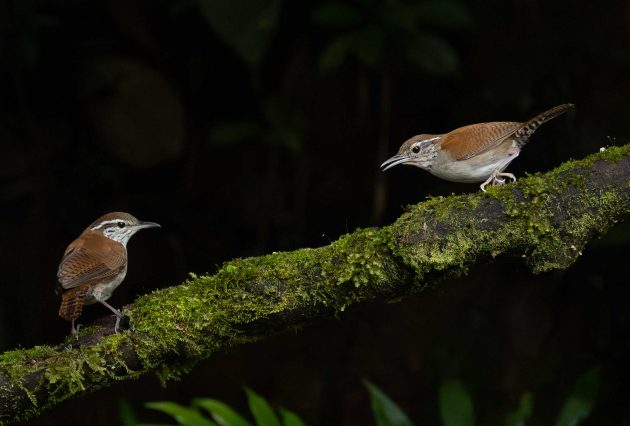 Rufus and White Wrens
Rufus and White WrensVarious Seed Eaters were busy devouring the seeds put out for them on the inside of the fence. Hummingbirds swarmed around, some defending “their” feeder, some trying hard to sneak a sip of the nectar available while others just sit perched figuring out their next move. On show were Snowy Bellied, Rufous Tail, White-necked Jacobins, Long-billed Hermit, Striped-Throated Hermit and the White-vented Plumeleteer. The Striped-Throated Hermit and the White-vented Plumeleteer were both lifers for me.
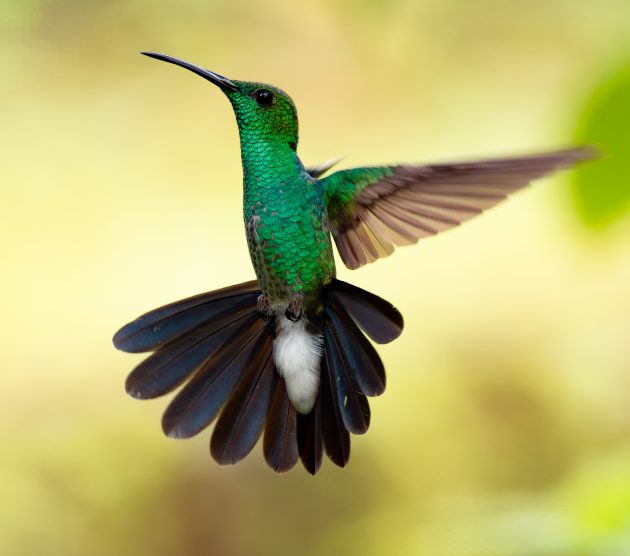 White-vented Plumeleteer
White-vented Plumeleteer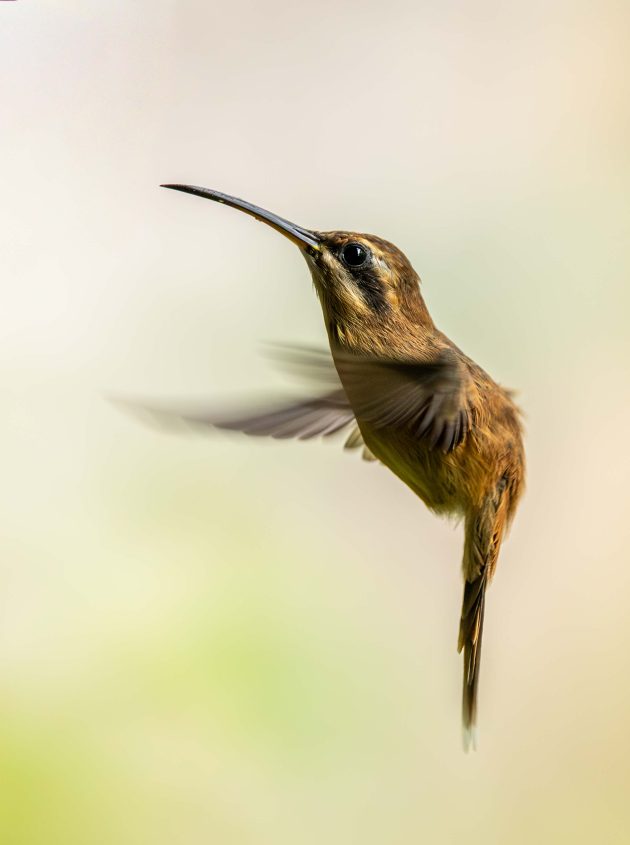 Striped-Throated Hermit
Striped-Throated Hermit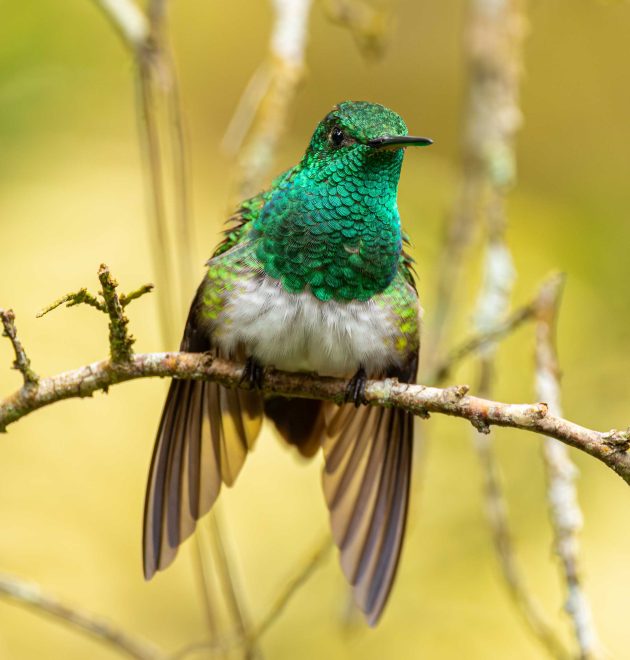 Snowy-bellied Hummingbird
Snowy-bellied HummingbirdShifting away from the hummingbird feeders we encountered the various Tanagers, Honeycreepers, Woodpeckers, Chachalacas, Saltators and Euphonias to name a few. We sat comfortably not more than a couple of meters in front of the feeders enjoying and photographing the birds.
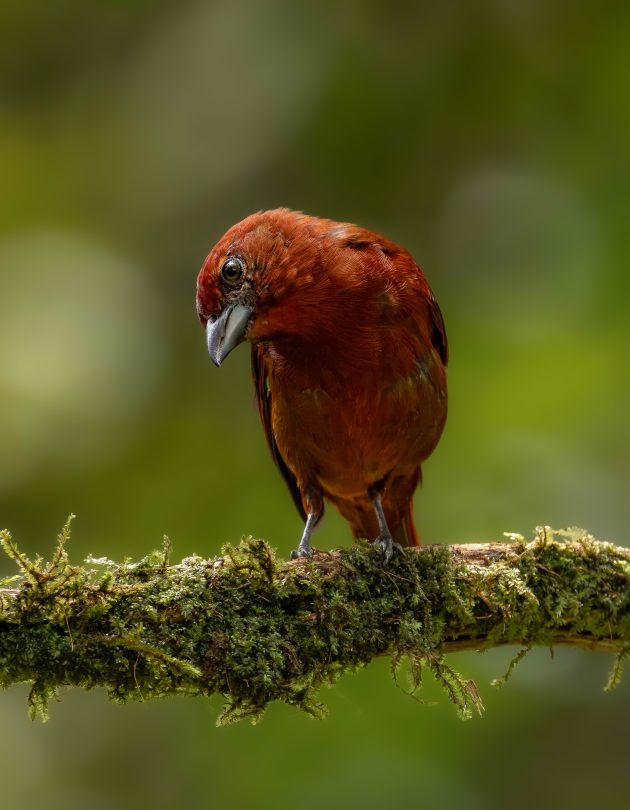 Hepatic Tanager (male)
Hepatic Tanager (male)Most birders know the Hepatic Tanager as that reddish-brown fellow with the misleading name, “hepatic” really just means liver-colored. But here’s the twist, if you are birding in Panama, you are not looking at the same Hepatic Tanager you would see up in Arizona or Mexico. Ours belong to the South American group, which many experts believe is different enough to deserve its own species status. In other words, the “Hepatic Tanager” you’re watching today might soon be going by a brand-new name. A bird with an identity crisis? Only the taxonomists can decide.
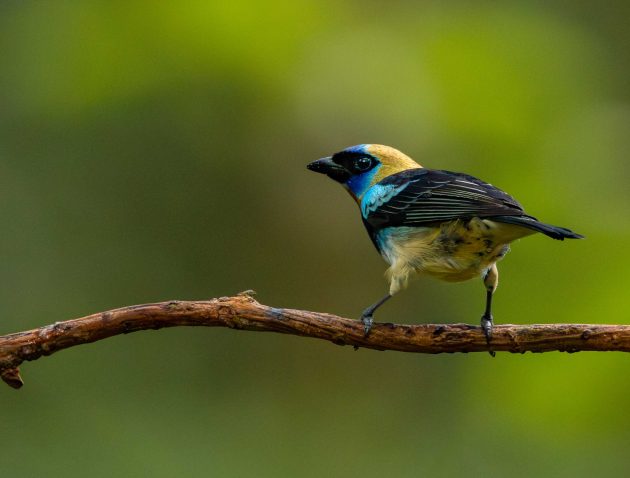 Golden-crowned Tanager
Golden-crowned Tanager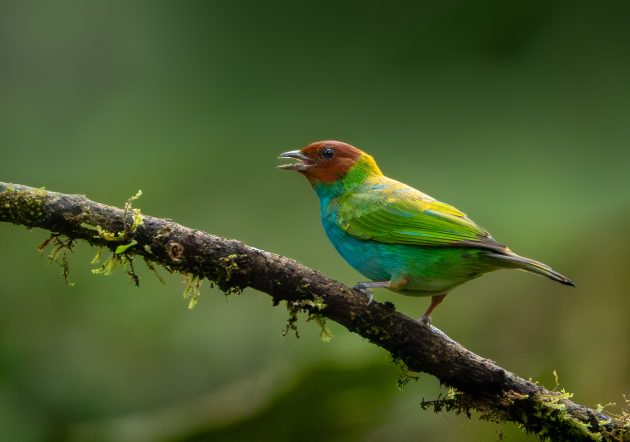 Bay-headed Tanager. Photo by Sue Rampersad
Bay-headed Tanager. Photo by Sue Rampersad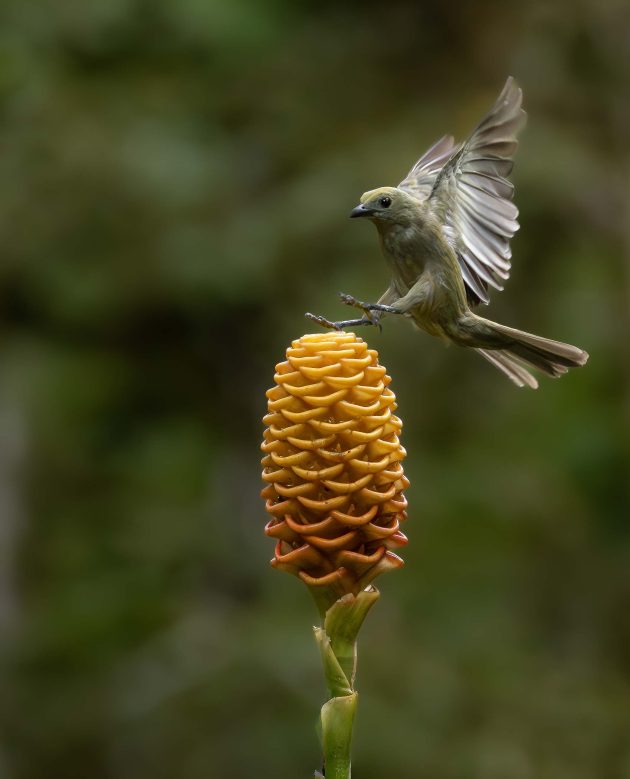 Palm Tanager
Palm Tanager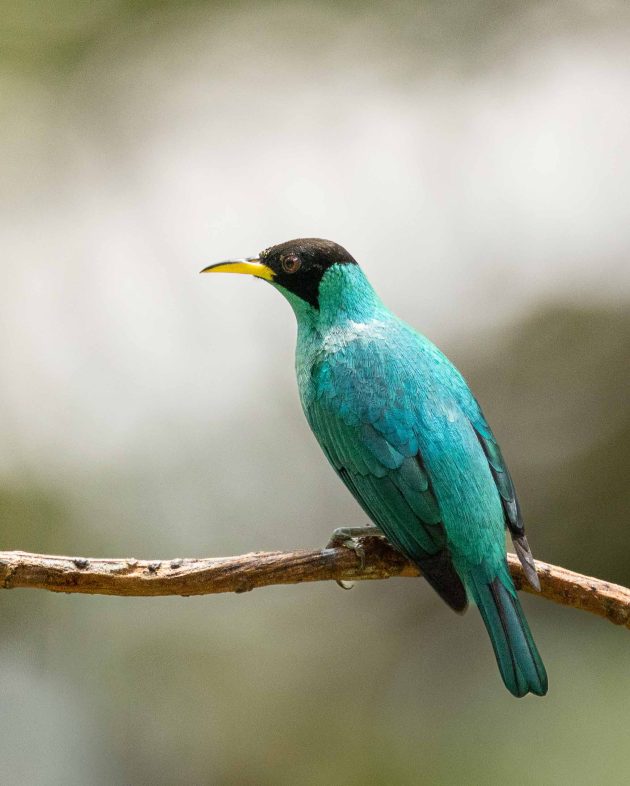 Green Honeycreeper (male)
Green Honeycreeper (male)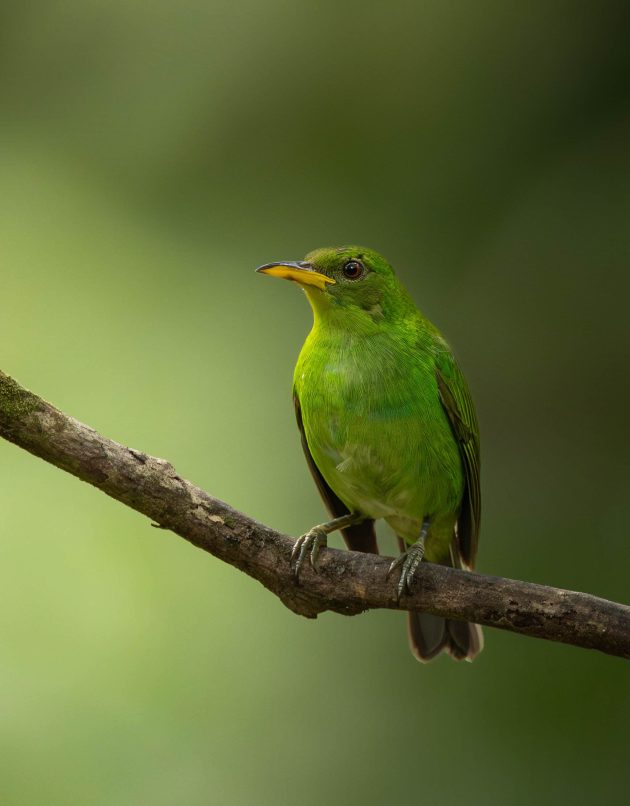 Green Honeycreeper (female)
Green Honeycreeper (female)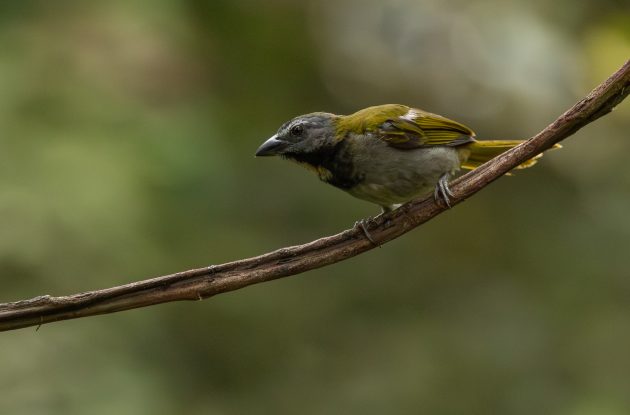 Buff-Throated Saltator
Buff-Throated Saltator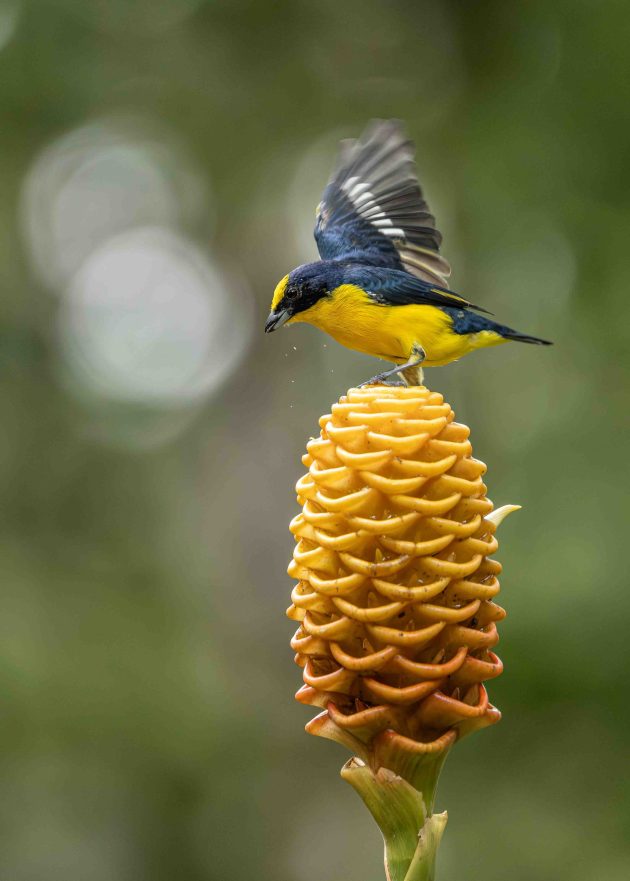 Thick-billed Euphonia (male)
Thick-billed Euphonia (male)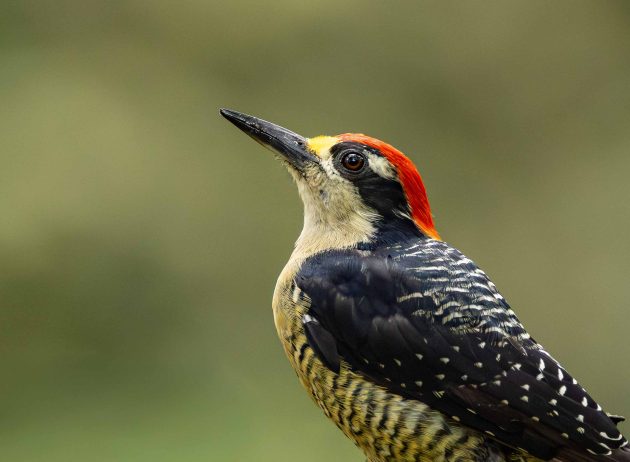 Black-cheeked Woodpecker
Black-cheeked WoodpeckerOnce we had exhausted our excitement in this spot we moved on a bit further where we were provided with a covered seating area facing into the forest floor. One of the clever touches here is a dug-out hide, a simple pit with seating, that lets you photograph shy ground feeding birds at eye level without disturbing them.
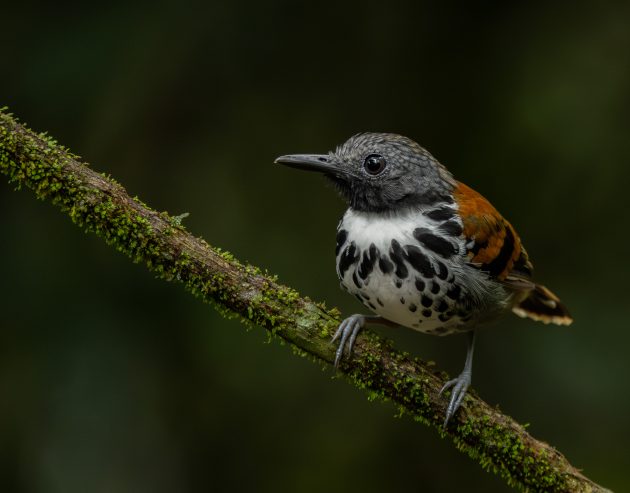 Spotted Antbird (male)
Spotted Antbird (male)The Spotted Antbird didn’t take long to make an appearance and was very comfortable posing for photos while it searched for breakfast close to the forest floor.
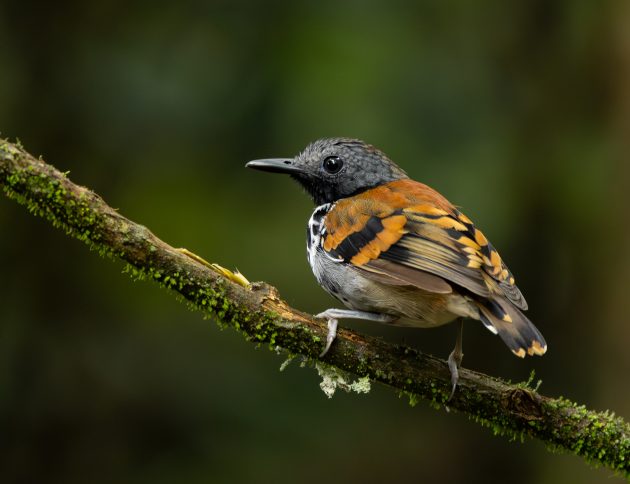 Spotted Antbird
Spotted AntbirdThe Spotted Antbird was quickly joined by the Black-Crowned Antshrike, lifer number four for the day. They too scurried around the forest floor looking for breakfast while allowing the occasional photo ops, and not really paying much attention to us.
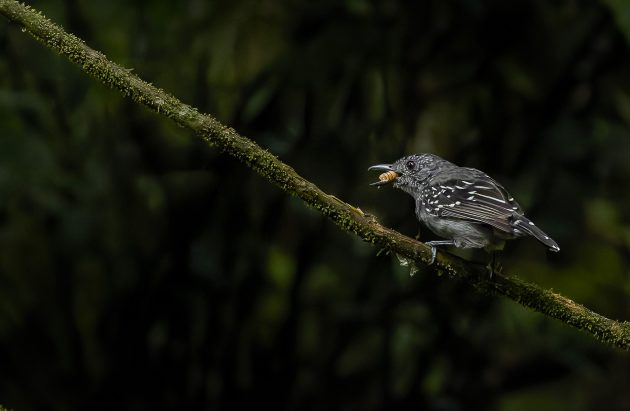 Black-crowned Antshrike
Black-crowned Antshrike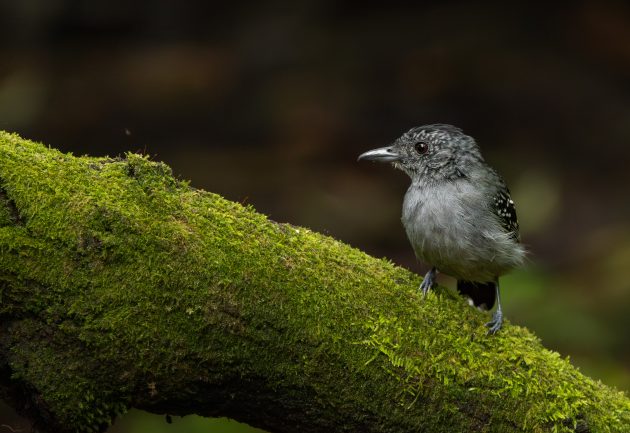 Black-crowned Antshrike
Black-crowned AntshrikeSoon, the wrens arrived in style. The White-breasted Wood-Wren followed by the Song Wren, two more lifers at once, clocking in as five and six for the day
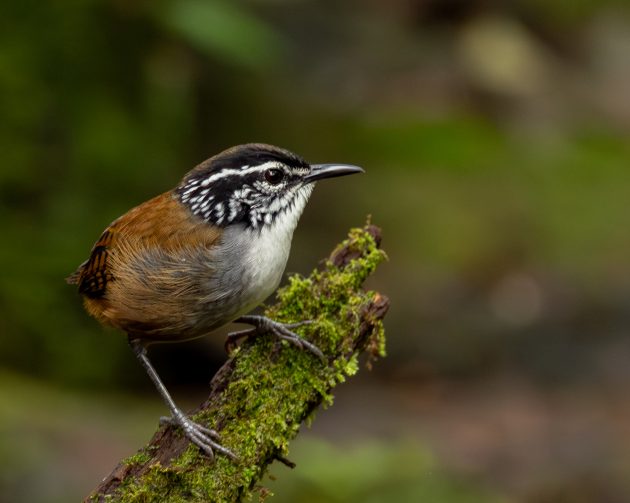 White-breasted Wood-Wren
White-breasted Wood-Wren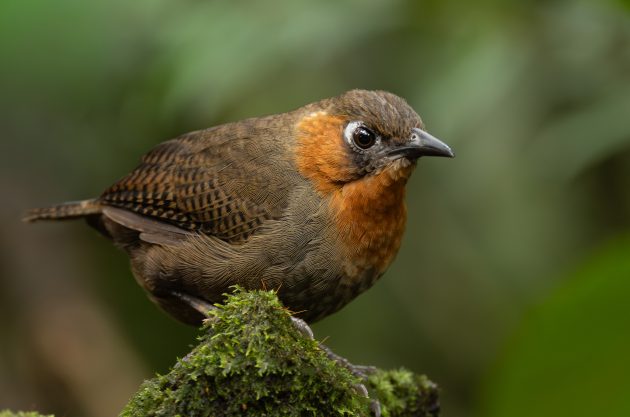 Song Wren
Song WrenWhile the wrens were busy being their usual hyper selves, along came the calmest bird in the neighbourhood, the White-Whiskered Puffbird. Lifer number seven. It perched less than a meter away, looking around like the king of chill, then casually hopping down to the forest floor now and then to snag a bug or two for breakfast.
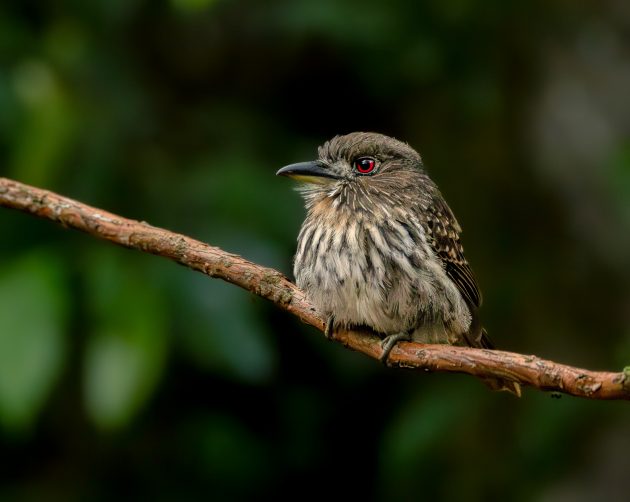 White-whiskered Puffbird
White-whiskered PuffbirdLifer number eight, the Northern Plain-Xenops, explored the upper branches as though inspecting each bug for freshness before deciding if it was good enough to eat.
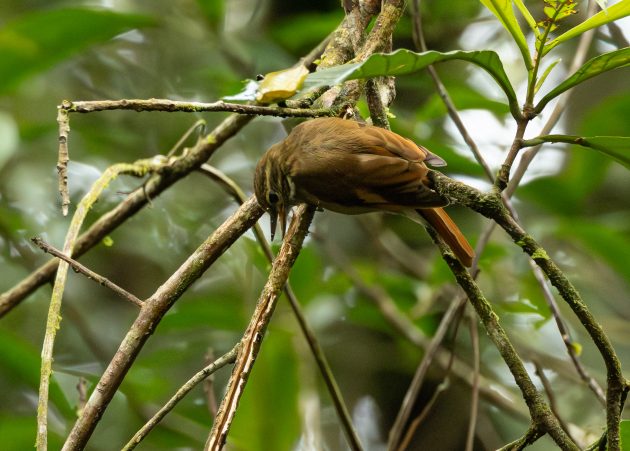 Northern Plain-Xenops
Northern Plain-XenopsThen came the Velvety Manakins, sliding into the breakfast crowd with the charm of professional pickpockets, grabbing snacks as if nobody would notice.
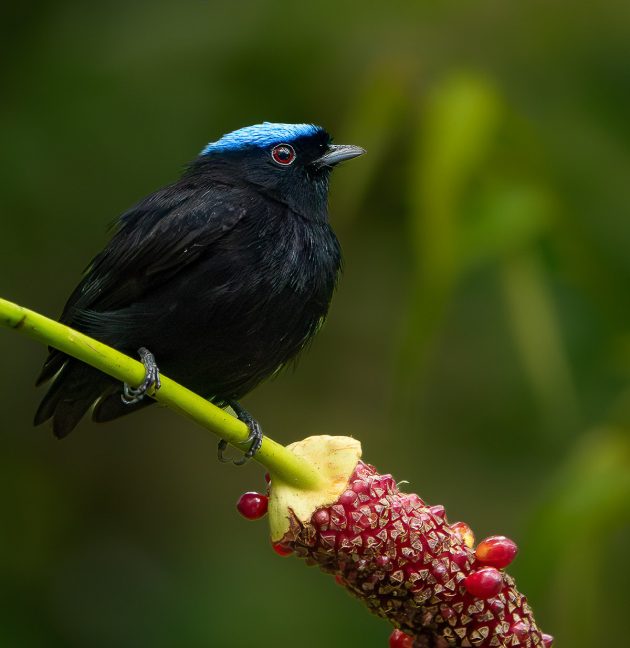 Male Velvety Manakin (male). Photo by Sue Rampersad
Male Velvety Manakin (male). Photo by Sue RampersadThe Velvety Manakin was recently promoted to full species status. It used to be treated as just a subspecies of what was then called the “blue-crowned manakin,” but studies in vocalizations and genetics showed significant differences. Wikipedia
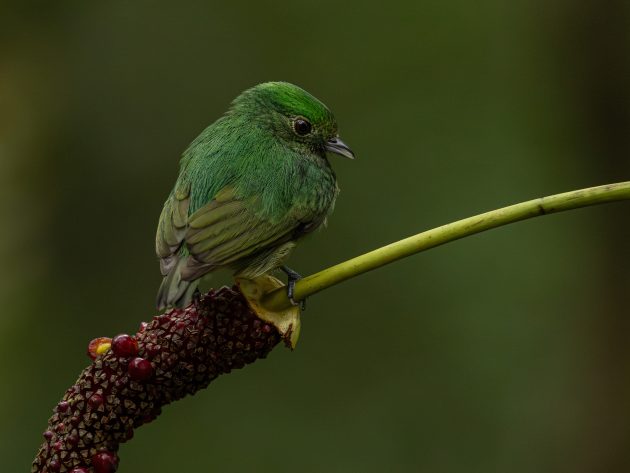 Velvety manakin (female)
Velvety manakin (female)Our next stop brought us face to face with the Broad-billed Motmot as well as the Rufous-breasted Motmot. Two birds that look quite similar but with differences if one looks close enough. The bills are an obvious indication, The Broad-billed Motmot has wide flattened bill compared to that of the Rufous-breasted Motmot.
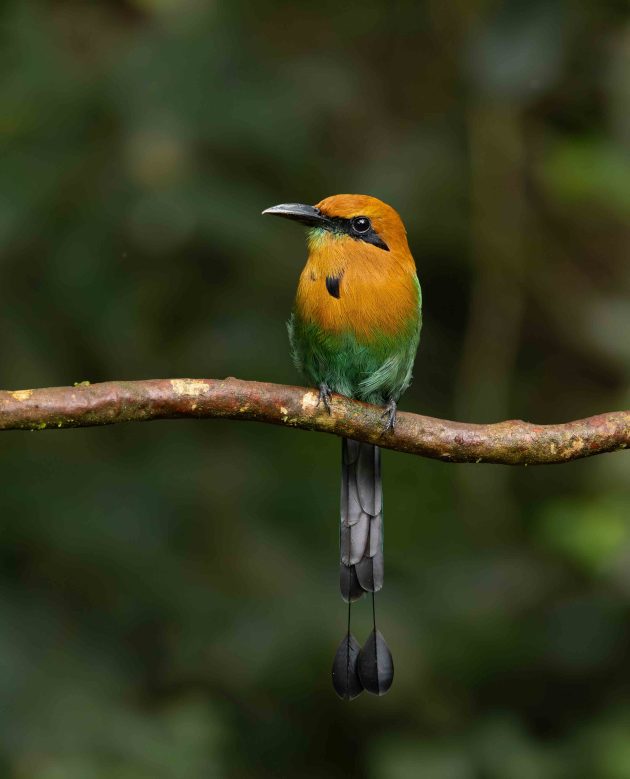 Broad-billed Motmot
Broad-billed Motmot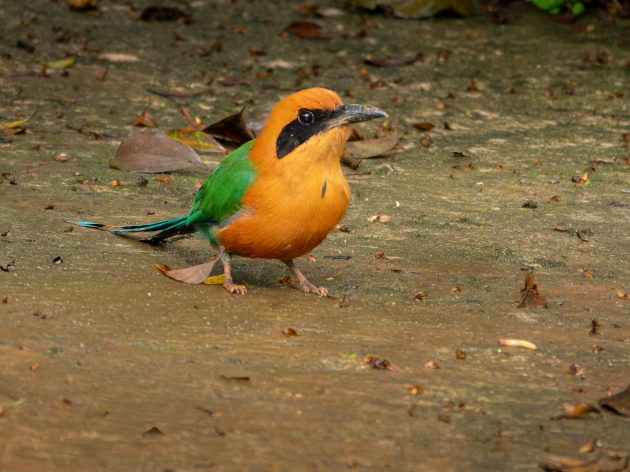 Rufous-breasted Motmot
Rufous-breasted MotmotMotmots build their nests in burrows dug into places like riverbanks and road cuts. The mud on the bill of this Motmot suggests it has been burrowing along the road cuts in this area. Driving along the forested roads you can easily spot the burrows.
In the distance we could hear the call and response of Toucans, unfortunately they did not come close during our visit. With eight lifers added, this was a successful and enjoyable few hours spent at Comederos en las Nubes… Feeders in the Clouds, and well worth a return visit when the season changes.




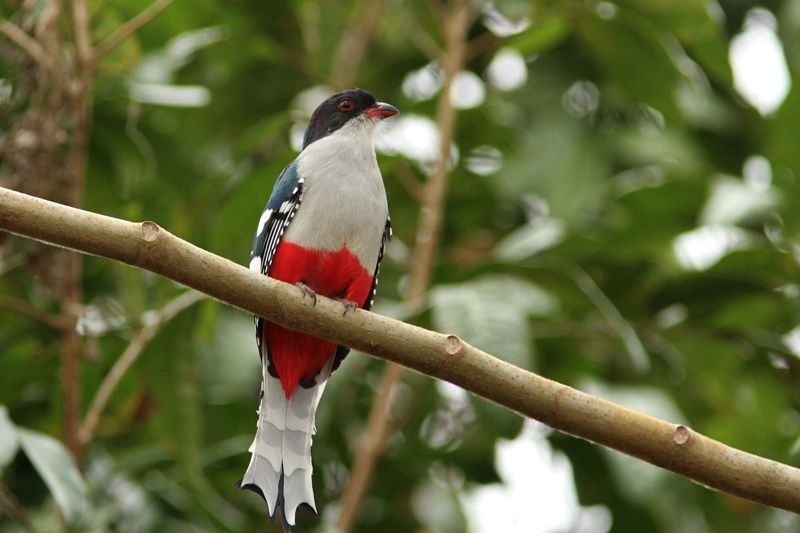
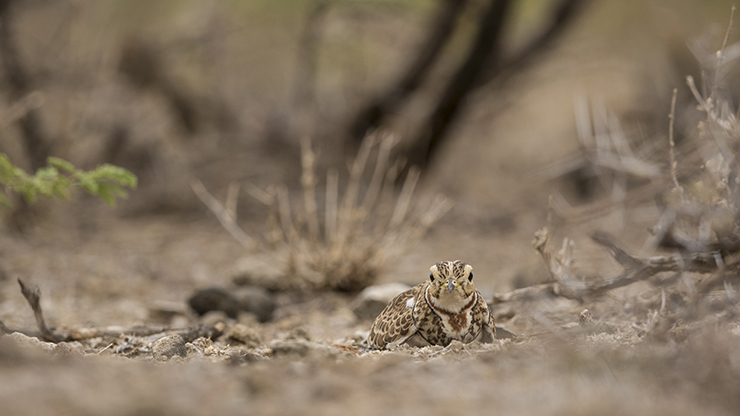

















 English (US) ·
English (US) ·  French (CA) ·
French (CA) ·